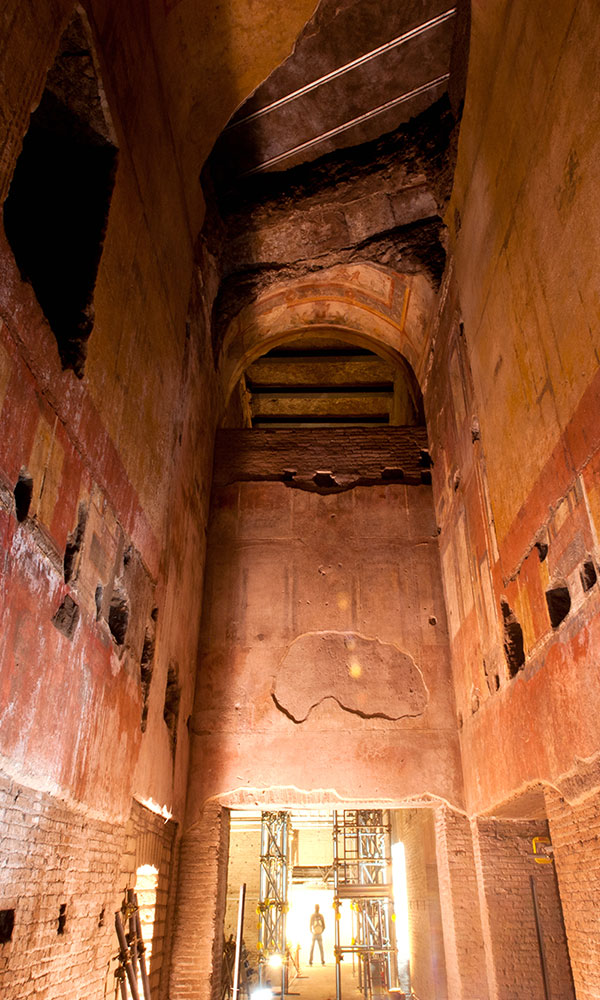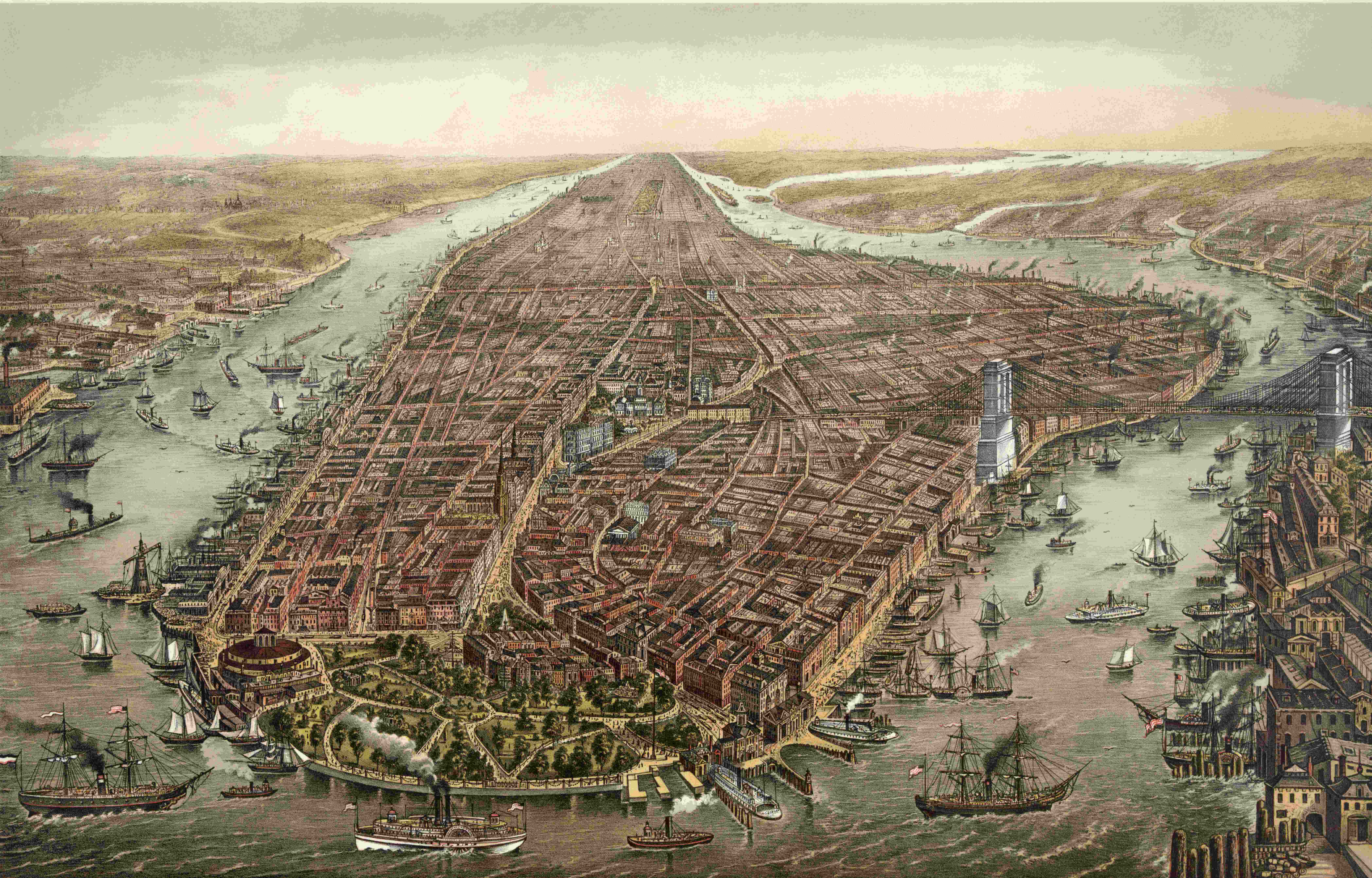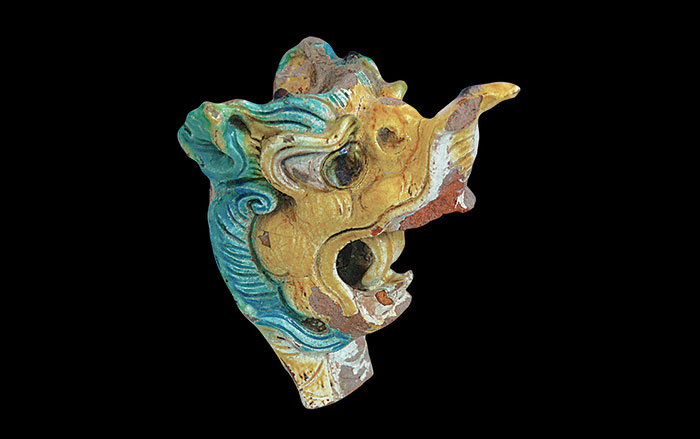
TORONTO, CANADA—Analysis of two molars from Siberia’s Denisova Cave by an international team of scientists confirms that they belonged to two adult male Denisovans who lived some 60,000 years apart. The earlier individual lived up to 130,000 years ago, while the more recent one lived between 50,000 and 70,000 years ago. The teeth are larger than those of Neanderthals and modern humans. “In its size, it’s comparable to hominins that lived two or three million years ago…but the age of it shows that it’s very recent,” Bence Viola of the University of Toronto told CBC Canada. “The whole group probably had very large and weird teeth.” Denisovans probably had large jaws to accommodate these teeth. And genetic evidence indicates that a large, diverse population of Denisovans lived over much of Asia for tens of thousands of years. There may even be excavated fossils in China that have not been recognized as Denisovan yet. “I’m really convinced. The genetic data shows that these guys were spread over large parts of Asia, so we must have them,” Viola said. To read more, go to "Denisovan DNA."











